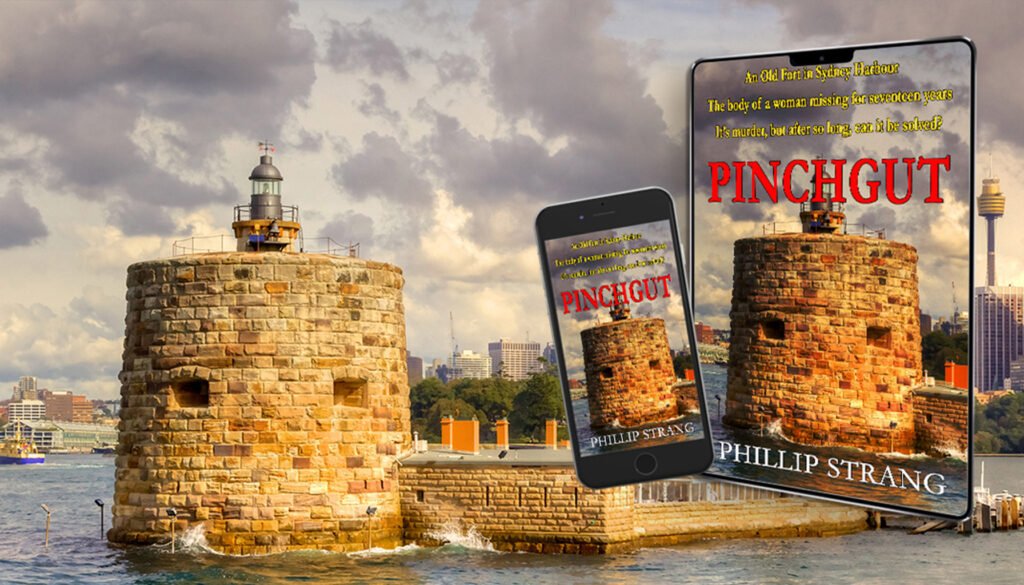Beta Readers for Authors: A Critical Step in the Publishing Process If you’re willing to listen, the unsung heroes of book development can transform a good manuscript into an exceptional one. Beyond Self-Editing: Why Beta Readers Are Essential After completing three novels, I discovered that beta readers for authors transformed my approach to publishing: professional editing alone isn’t enough. While my initial workflow involved exhaustive self-editing followed by hiring a professional editor in the UK, this approach failed to address numerous blind spots in my manuscripts. The development of my latest novel, Malika’s Revenge, revealed just how transformative the beta reading process can be, particularly for complex narratives. Set in an unfamiliar region with challenging character names and intricate plot elements, this manuscript presented unique challenges that neither my self-editing nor a single professional editor could adequately address. The Collective Wisdom of Multiple Perspectives The power of beta readers lies in their diversity of expertise, perspectives, and reading experiences. With Malika’s Revenge, I assembled a team of five beta readers, each bringing different strengths to the evaluation process. Case Study: Improving Reader Navigation One particularly insightful beta reader noticed that the unfamiliar character names and settings created unnecessary obstacles for readers. Their suggestion was elegantly simple: Consider adding a character list and a map of the region at the beginning of the book to help orient readers unfamiliar with the geography. This straightforward addition dramatically improved the reading experience, providing context readers could reference whenever needed. Traditional editing processes would have likely overlooked this enhancement, focusing primarily on language and structure rather than the holistic reading experience. Technical Expertise: Getting the Details Right Fiction thrives on authenticity, even in the smallest details. Another beta reader brought substantial weapons expertise—knowledge I couldn’t replicate through internet research alone. While my initial approach involved selecting weapons that seemed plausible based on cursory online research, this beta reader provided: These technical details may seem minor to some readers, but inaccuracies can undermine the story’s credibility for those with expertise in the area. More importantly, getting these details right added layers of authenticity that enhanced the narrative for all readers, whether they recognized the technical accuracy. Narrative Flow and Consistency A third beta reader focused exclusively on the narrative flow, identifying: These observations addressed the manuscript at a structural level that complemented the line-by-line focus of traditional editing. By identifying these issues before professional editing, I could address fundamental storytelling problems rather than merely polishing problematic sections. Assembling an Effective Beta Reader Team Quantity and Diversity Based on my experience with Malika’s Revenge, I strongly recommend working with at least five beta readers, though more is better if you can manage the feedback effectively. This number provides sufficient diversity of perspective while remaining manageable. When selecting beta readers, prioritize diversity in: The Friends and Family Trap Perhaps the most common mistake authors make is relying on friends and family for beta reading. While their support is valuable, most lack the critical distance necessary for objective feedback. Unless they have demonstrated an ability to provide impartial criticism, friends and family typically: Embracing Critical Feedback The beta reading process is only valuable if you’re prepared to receive sometimes harsh criticism. With Malika’s Revenge, I initially encountered difficult-to-accept feedback, but it ultimately proved invaluable to the book’s development. Learning to differentiate between: This discernment develops with experience, but the guiding principle should always be: “Does this feedback help the reader engage more deeply with the story I’m trying to tell?” Practical Strategies for Working with Beta Readers Setting Clear Expectations When recruiting beta readers for authors, provide clear guidelines about the following: Providing a Feedback Framework Many beta readers, especially those new to the process, benefit from specific questions to guide their reading. Consider providing a questionnaire addressing the following: Managing Multiple Perspectives With five or more beta readers, you’ll inevitably receive conflicting feedback. When this occurs: Expressing Appreciation Beta readers invest significant time and mental energy in your manuscript with little tangible reward. Acknowledge this gift by: Measuring the Impact: The Transformation of Malika’s Revenge The cumulative effect of the beta reading for the authors’ process on Malika’s Revenge can’t be overstated. The manuscript evolved in ways I couldn’t have anticipated through other editing processes: The most compelling evidence of this transformation came from early reader reviews, which specifically praised elements refined through the beta reading process. The Return on Investment: Time Well Spent Working with beta readers requires a significant time investment: However, this investment yields returns far exceeding the time spent: Beyond Beta Reading: The Complete Quality Assurance Process While beta readers are invaluable, they function best as part of a comprehensive quality assurance process: By implementing this comprehensive process, the final manuscript of Malika’s Revenge achieved a level of polish and readability that would have been impossible to attain through traditional editing alone. Final Reflections: An Evolving Approach As I move forward with future projects, the beta reading process will remain a cornerstone of my development approach, with continued refinements: For authors considering whether beta readers for authors are worth the time and emotional investment, my experience offers a clear answer: Improving manuscript quality is immeasurable, and the insights gained are unavailable through any other method. About Phillip Strang With thirty-five novels spanning multiple genres, Phillip Strang brings a wealth of experience to the world of writing and publishing. Based in Sydney, he has transformed his passion for international settings and complex narratives into a diverse literary portfolio. Featured Books Readers interested in diving into Strang’s work can explore: Connect and Explore Discover more of Phillip Strang’s writing: Explore the full collection of Phillip Strang’s thirty-five novels and join a community of readers who appreciate intricate, globally inspired storytelling.








